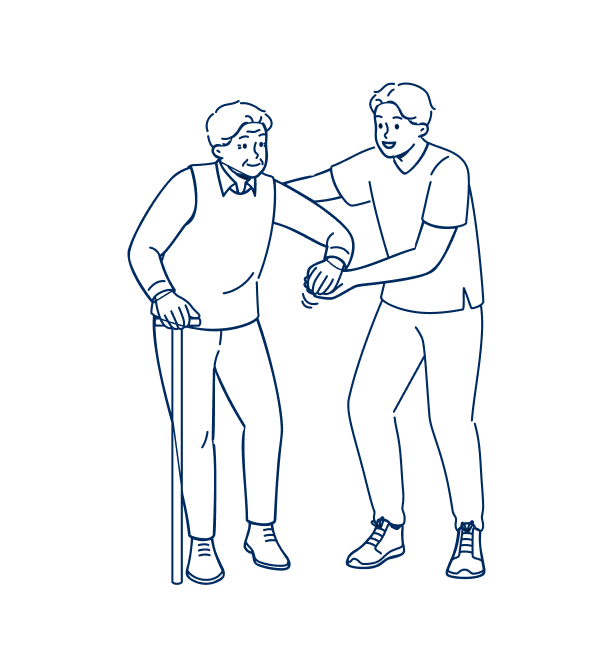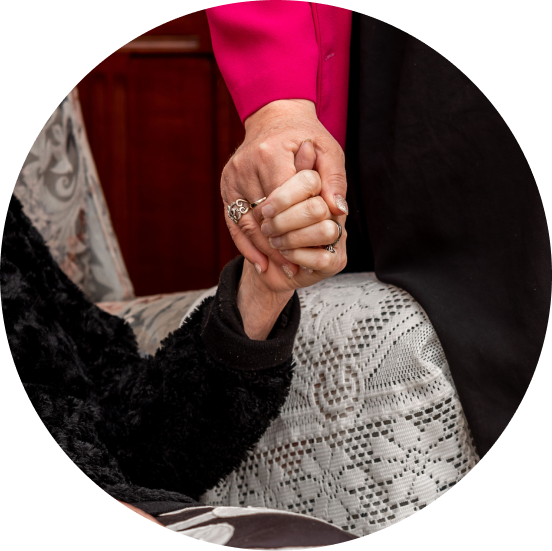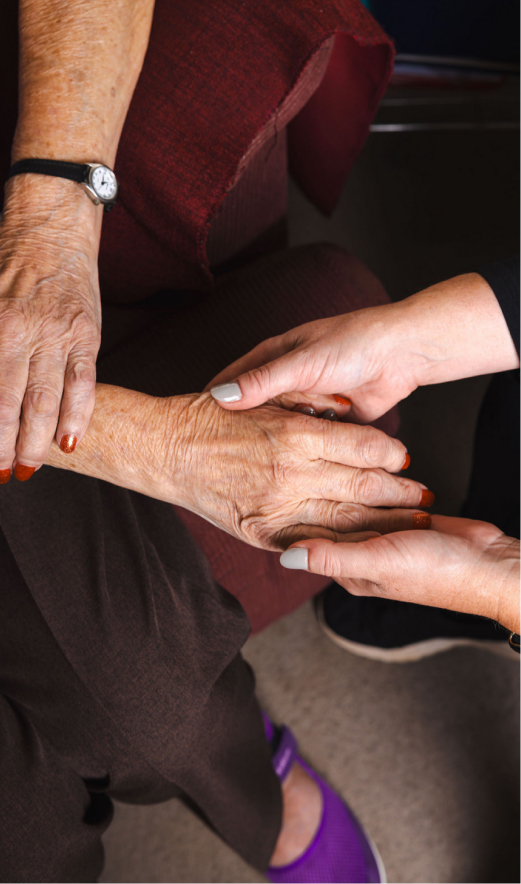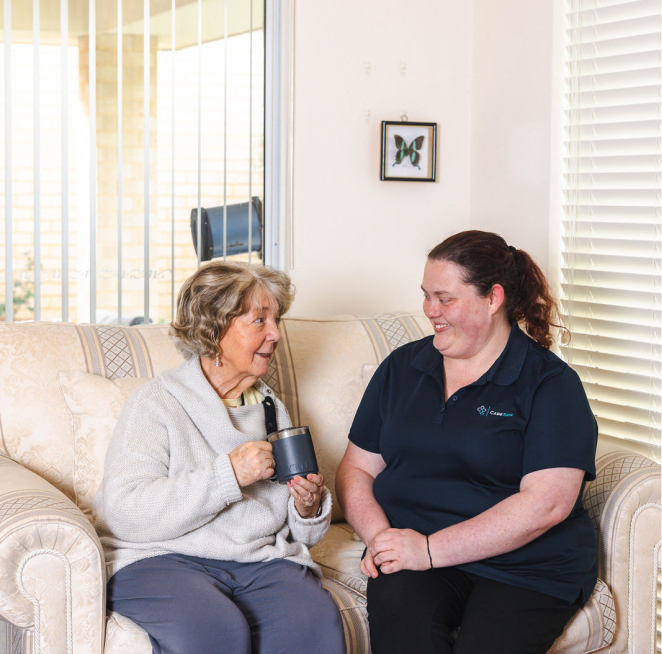
What is Palliative Care?
Despite common perceptions, palliative care isn’t just end-of-life care (EoLC)—though it can certainly be that.
Palliative care services are often utilised to support people through their journey with a disease or diagnosis that will most likely shorten their life. Australians who receive supportive palliative care services typically do so in conjunction with treatments from other healthcare providers, such as doctors, physiotherapists and social workers. Put simply, palliative care recipients can receive care for a long time before they pass away.
In Australia, many health professionals now suggest leveraging palliative care services in the earlier stages of a life-limiting illness. Effective palliative care can not only improve the recipient’s quality of life with symptom management and other supports, but in some cases, it can prolong the lives of people with a terminal illness.
Palliative care services through The CareSide empower care recipients to remain in the warmth and security of their own homes, whether they’re receiving end-of-life care or care for a serious illness.
Our palliative care team will work with you, your loved one and the other healthcare professionals assisting your family (such as GPs and doctors) to create a care plan and deliver holistic services that fit your unique palliative care needs and goals.








